Results
-
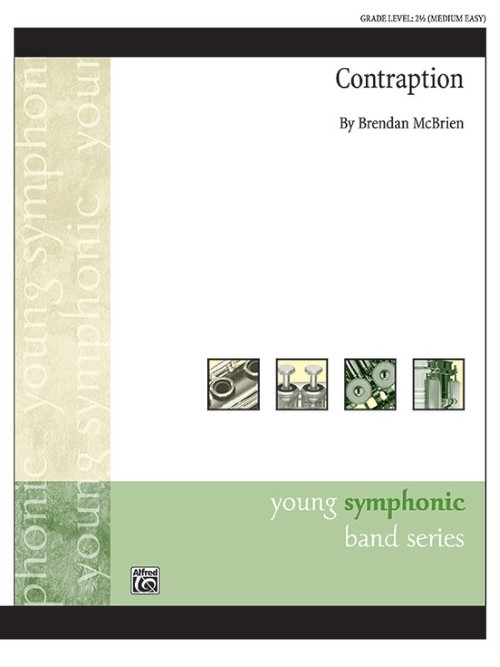 £52.95
£52.95Contraption (Concert Band - Score and Parts - McBrien, Brendan
Contraption is a tone poem describing an imaginary machine of great size and power. The word contraption is defined as a device or machine regarded as strange, incomprehensible, or makeshift. This concept has been applied to the construction of this musical composition. The creation of this piece was accomplished in the same way an inventor might build a physical contraption, in this case limited to three main component parts plus an interlude. A very unique and appealing piece!Duration: 3:45
Estimated dispatch 7-14 working days
-
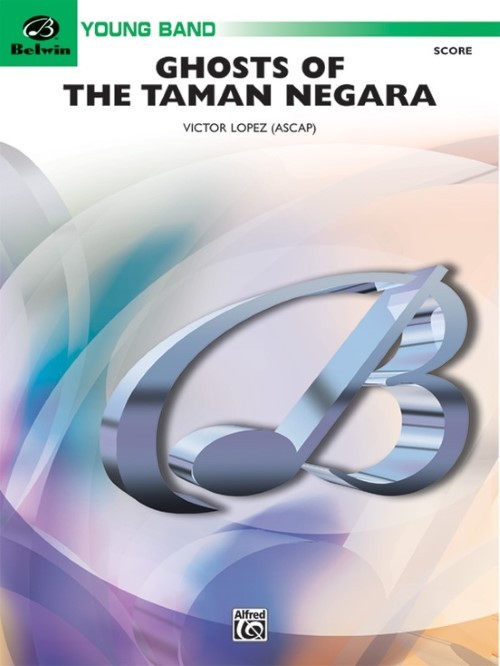 £58.50
£58.50Ghosts of the Taman Negara (Concert Band - Score and Parts) - Lopez, Victor
This original composition is based on a wildlife research study which took place in Malaysia's largest national park, the Taman Negara. Researchers embarked on an expedition in the jungle tracking that wildest of wild animals, the tiger. Despite spending nearly three years in the rainforest, the researchers never saw a single tiger, hence the "ghost" aspect of the title. The composer's intent in this composition is to take you on an expedition tour and emulate the experience of the jungle. The work is characterized with mysterious melodic themes intertwined with exciting bold flashes of sound. Ghosts of Taman Negara is an embracing and emotional addition to the young band literature from the pen of Victor Lopez. Duration: 4.30
Estimated dispatch 7-14 working days
-
 £256.99
£256.99Clarinet Concerto (Concert Band - Score and Parts) - Mozart, Wolfgang Amadeus - Sparke, Philip
Mozart originally wrote this concerto for a clarinet with an extended lower range, compared to the conventional instrument. As early as 1802, published versions appeared with registral changes, which made the concerto playable on instruments without the extra keys. When producing an edition for the conventional clarinet there are two choices to be made about the 'extra' notes - is it better to maintain the musical line, and hence transpose whole phrases or passages up an octave, rather than single notes, or is the chalumeau tone more important, in which case it may possibly be better to alter one or two notes to keep the correct octave. In this edition Philip Sparke has usually gone for the former so the 'sequences' make musical sense, but have taken the second option in some places. This fantastic work will prove popular with soloist, band and audience alike.Duration: 28:30
Estimated dispatch 7-14 working days
-
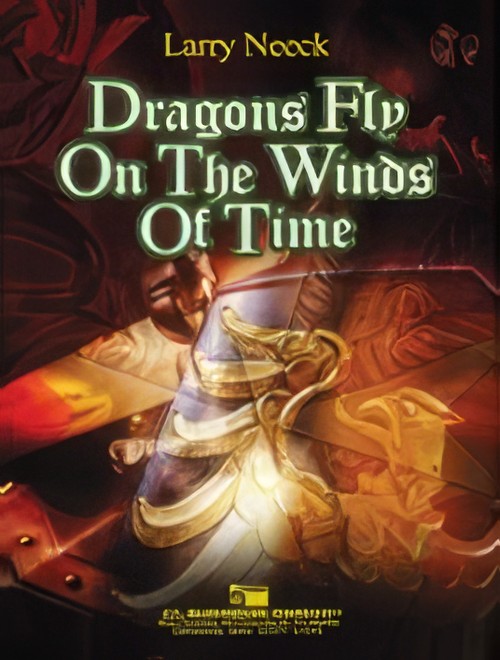 £76.00
£76.00Dragons Fly on the Winds of Time (Concert Band - Score and Parts) - Neeck, Larry
An exciting and impressive composition that portrays an epic struggle in the distant past between the forces of good and evil. A wizard, a beautiful exotic maiden, a battle, and our hero are woven in the fabric of this musical tale. Sprightly melodies, lively rhythms and tasty writing for a whole battalion of percussionists produce an opening section which is full of energy and vitality. The flowing adagio section features a nice oboe solo (cued in clarinet) and a horn section soli (cued in saxes) that really make this piece special. A superior choice for any concert or contest performance. Very highly recommended!Duration: 6.45
Estimated dispatch 7-14 working days
-
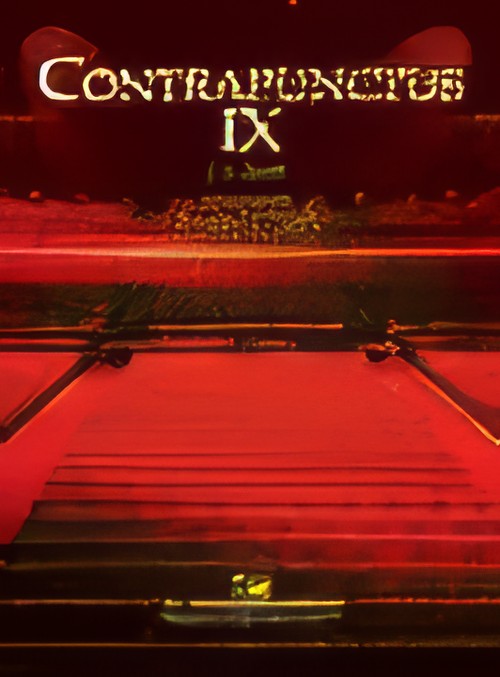 £68.00
£68.00Contrapunctus IX (Concert Band - Score and Parts) - Bach, Johann Sebastian - Clark, Andy
Composed in the last year of Bach's life, "Contrapunctus IX" is an exciting double fugue that has been adapted to provide an exciting and challenging work for the modern concert band-wind ensemble. Full of independence throughout, every part is important and all sections get plenty of chances to shine in this powerful arrangement which will be a true showcase for better bands. An impressive choice for any concert or contest performance!Duration: 3.30
Estimated dispatch 7-14 working days
-
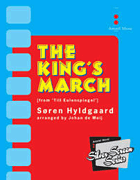 £98.00
£98.00The King's March (from Till Eulenspiegel) (Concert Band - Score and Parts) - Hyldgaard, Soren - De Meij, Johan
This lively work, expertly arranged by Johan de Meij, is taken from the soundtrack of the recently released animated film Till Eulenspiegel. In writing the music for the film the composer, S?ren Hyldgaard, said: "Writing music for an animated adventure romp like Till Eulenspiegel is about as much fun as I can imagine having as a composer. While extremely challenging on the timing and hitting-the-action side, the furious universe of the animated adventure genre is as much an inspiration as it is an obstacle." The King's March from Till Eulenspiegel captures the high spirits of the film itself with the arrival of the extravagant entourage containing the royal carriage with all its Pomp and Circumstance. Duration: 3.30
Estimated dispatch 7-14 working days
-
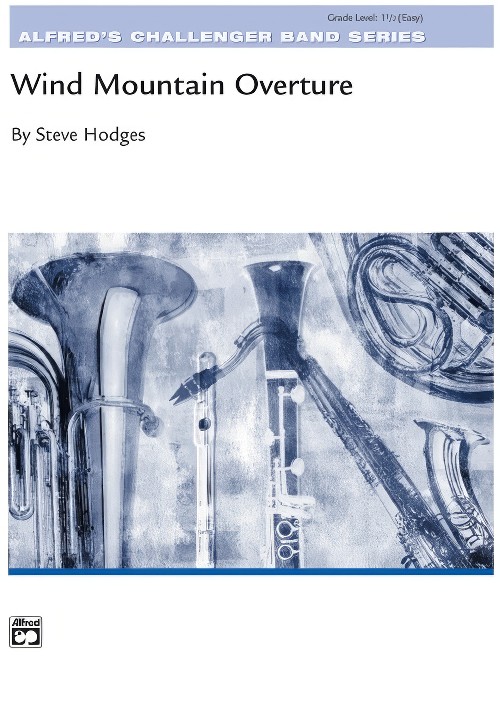 £41.50
£41.50Wind Mountain Overture (Concert Band - Score and Parts) - Hodges, Steve
A strong, jubilant melody and a reflective middle section in 5/4 time highlight this exciting overture. An active percussion part drives the piece forward before settling into the minor section, where the lyrical melody is supported by an equally expressive countermelody. This section moves smoothly in 5/4, building to an effective climax before returning to the recapitulation and dynamic conclusion. Duration: 3.15
Estimated dispatch 7-14 working days
-
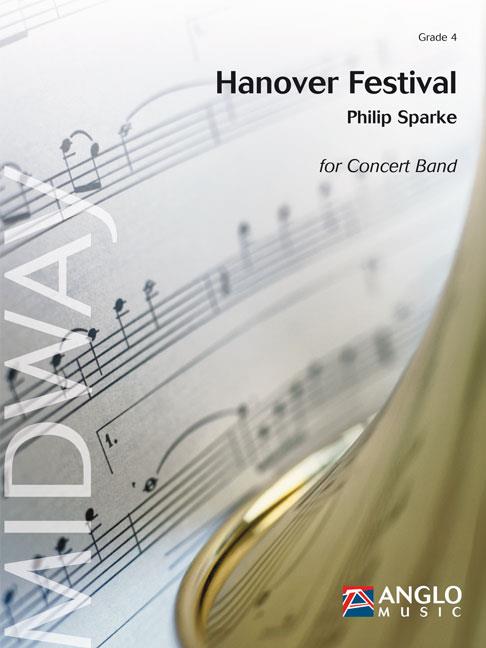 £137.99
£137.99Hanover Festival (Concert Band - Score and Parts) - Sparke, Philip
The Hanover Wind Symphony, New Jersey, USA was founded in 1984 by its conductor Peter Boor. He commissioned Hanover Festival to celebrate the band's 15th Birthday and the first performance took place on October 27th 1999. The piece starts with a solemn brass fanfare. Woodwinds join in and the music subsides into an expressive chorale. A climax is reached and the fanfare returns. Trumpets introduce an explosive vivo section, characterised by an energetic theme from the horns and low clarinets. A bridge passage with strong brass chords leads to a playful section that introduces a legato central theme under woodwind figures. This is taken up by the full band, the playful music returns and the original horn tune is reintroduced. Finally the opening fanfare returns, this time accompanied by music from the vivo section, until a fast and furious coda closes the work.Duration: 8:20
Estimated dispatch 7-14 working days
-
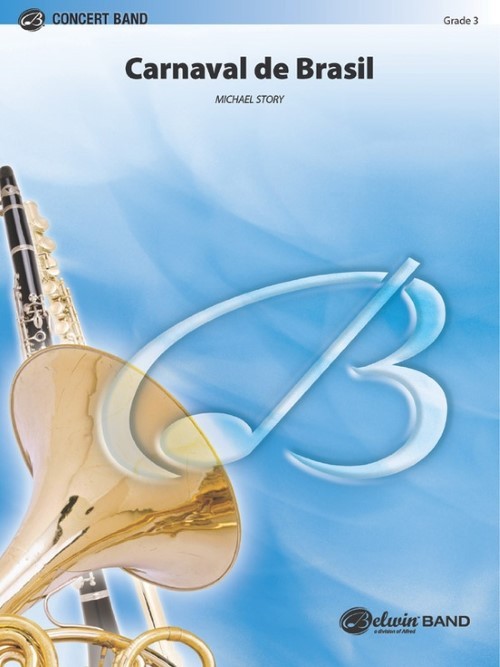 £62.95
£62.95Carnaval de Brasil (Concert Band - Score and Parts) - Story, Michael
This celebration of salsa music begins with an evocative introduction that is followed by an array of salsa rhythmic styles. Included are the mambo, the cha-cha, and the son-montuno, which differ widely. An equally wide assortment of tone colours and textures is explored. This composition is a work rich in multicultural textures.Duration: 3:30
Estimated dispatch 7-14 working days
-
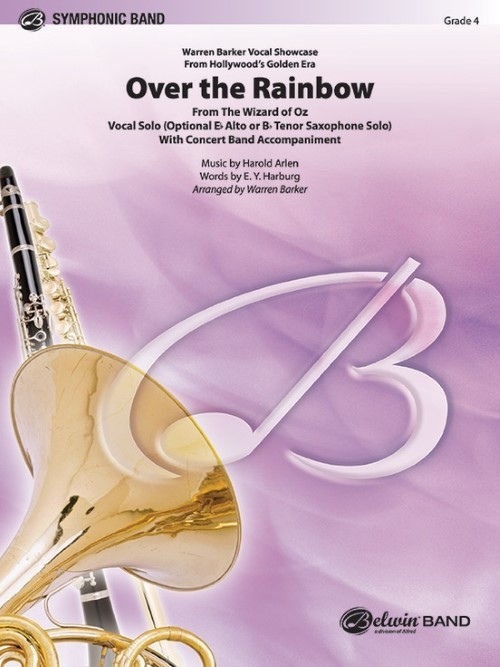 £84.50
£84.50Over the Rainbow (Vocal or Saxophone Solo with Concert Band - Score and Parts) - Arlen & Harburg - Barker, Warren
"But no one will want to sing or play a melody that begins with an octave leap!" said an early critic. That melody that no one would sing or play is now probably the best known in the world. From The Wizard of Oz comes the song that has charmed millions. Warren Barker treats this scoring with care in a lush setting perfect for any concert occasion. If you have no vocalist, an optional alto or tenor saxophone solo part is included in the arrangement. It's a perfect audience-pleaser!Duration: 4:15
Estimated dispatch 7-14 working days
